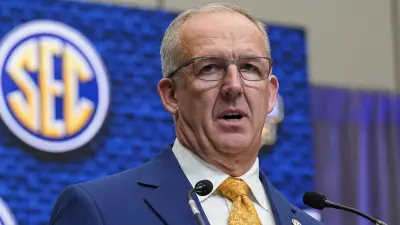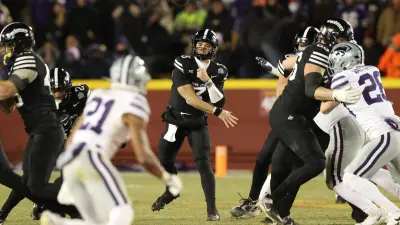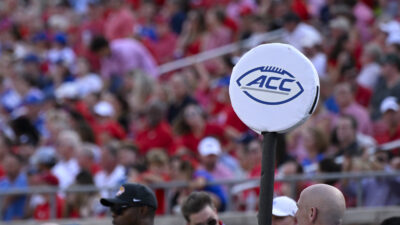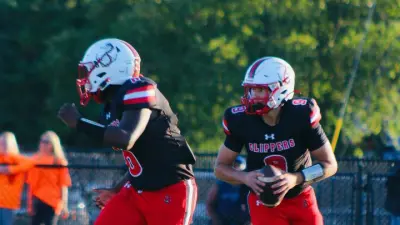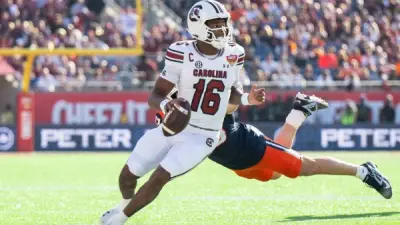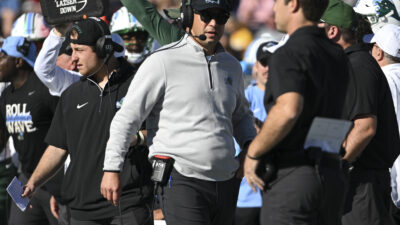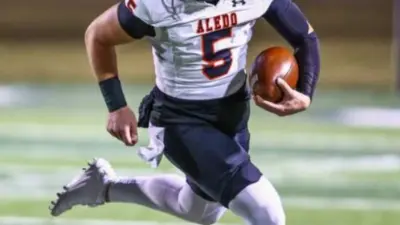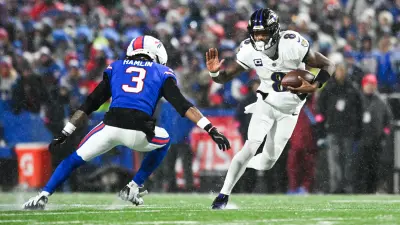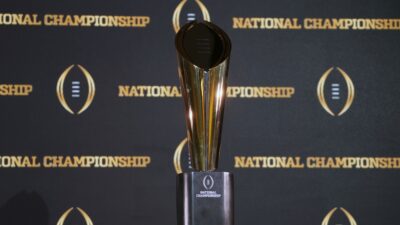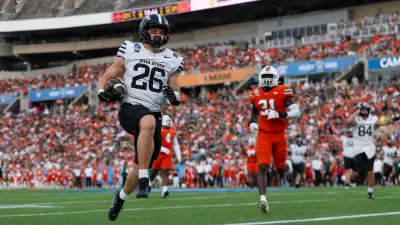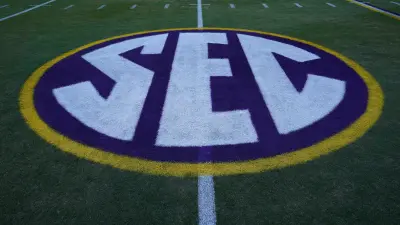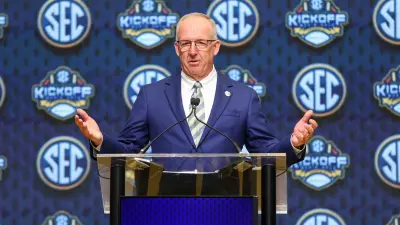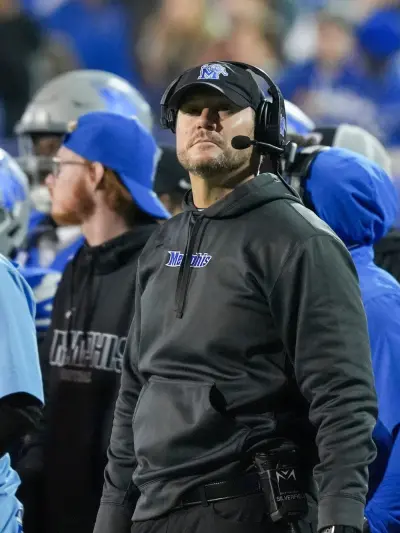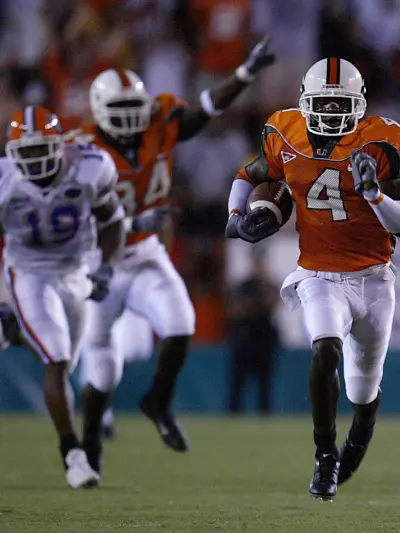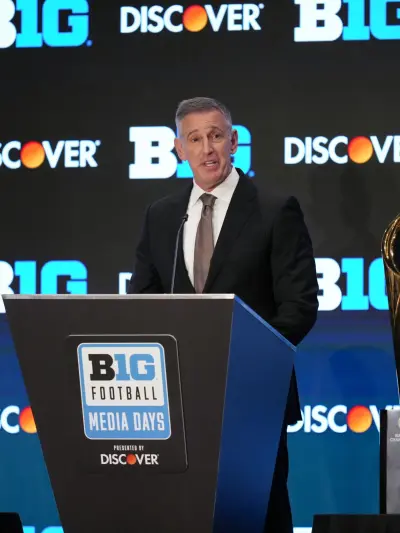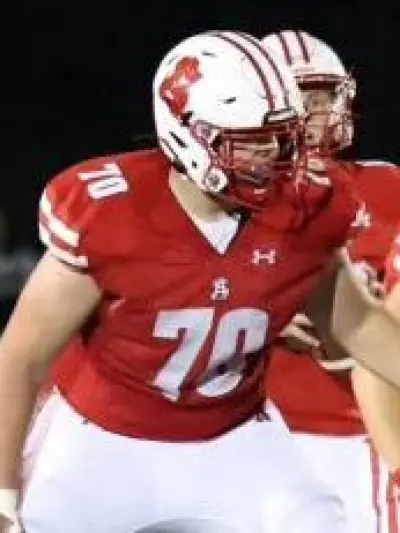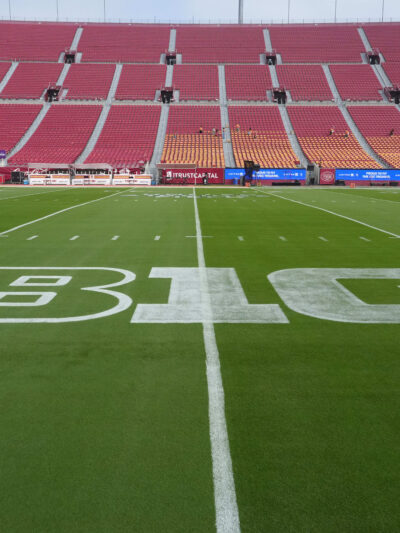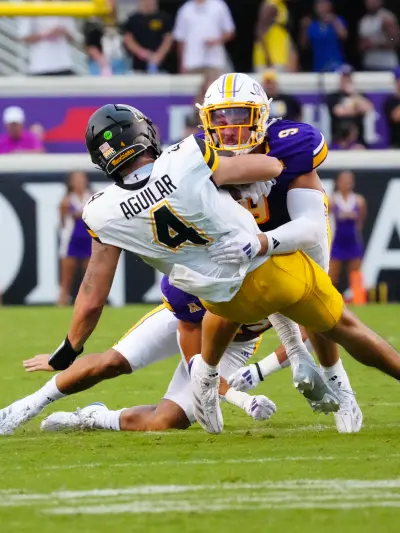The SEC and Big Ten are forming a joint advisory group to look into the big picture of college football. What does this mean? It’s a step towards a Power Two and the end of the NCAA as we know it. But will it matter?
SEC commissioner Greg Sankey is pissed and says we need to focus on the big picture and not “distractions” many deem to mean individual investigations. Of course he’s pissed – two of his conference members, Florida and Tennessee, are under investigation for NIL violations, and rumors are strong that there are other cases pending. The Big Ten is also headed for scrutiny, I’m told, which is why they are joining the SEC in forming this advisory council. And, of course, these are the two power broker conferences in college football with the most revenue and TV money at stake. The good of the game essentially means the limitation of NCAA involvement towards the SEC and Big Ten.
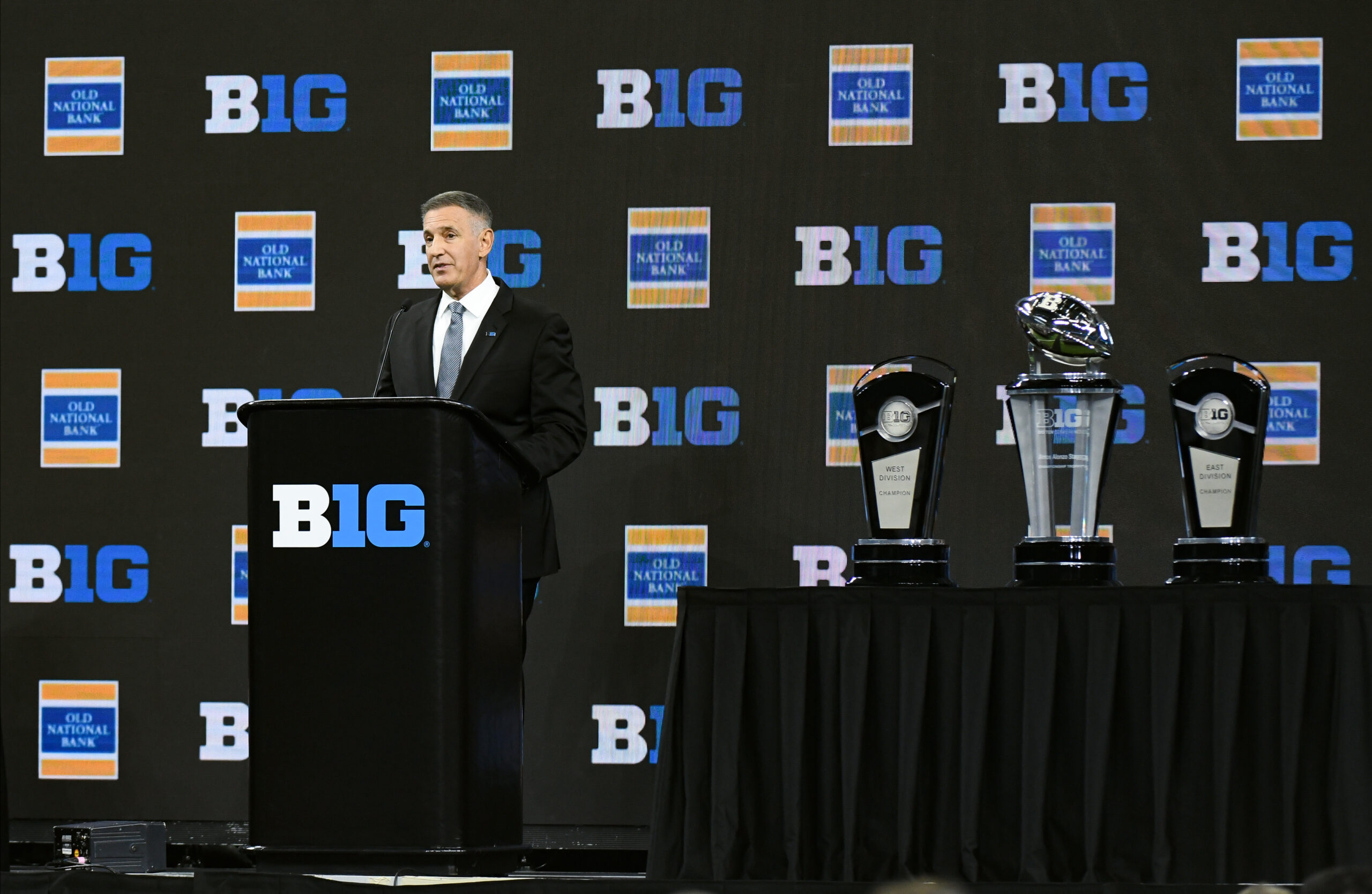
So what happens next? This isn’t an alliance, but it’s the first step. The layman will say these two conferences will join forces, jettison the NCAA, and privatize college football for their members. But can they truly come together and limit NIL opportunities for college football players? They can’t. Anti-trust lawsuits will continue to fly at the SEC and Big Ten or the Big SEC or whatever you want to call it if they try to curb NIL or cap it. They could lead a lawless bidding war of teams, which would clearly benefit the players but wouldn’t fly well with academic members like Vanderbilt and Northwestern or more frugal programs like Iowa, Illinois, Mississippi State, Kentucky, and others who don’t spend the same amount as the juggernauts. Heck, even the last three reigning national title holders, Georgia and Michigan, don’t go all-in on NIL like Ohio State, Ole Miss, Tennessee, and others.
Would it be best for the SEC and Big Ten to branch off from the rest and have their own upper-tier title chase? Is that what we’ve come to? What about big fan bases at Florida State, Clemson, Kansas State, and others? What about middling programs like North Carolina, TCU, Oklahoma State, or Louisville? Where does Notre Dame fit as we know they’ll have to be included? Does college football come down to 35 teams?
Fans will say just add a few programs to each conference and let the others play in a lower division, but what teams are added, and why would the Power Two do this? Why share more revenue if you’re going to break off and be successful on your own?
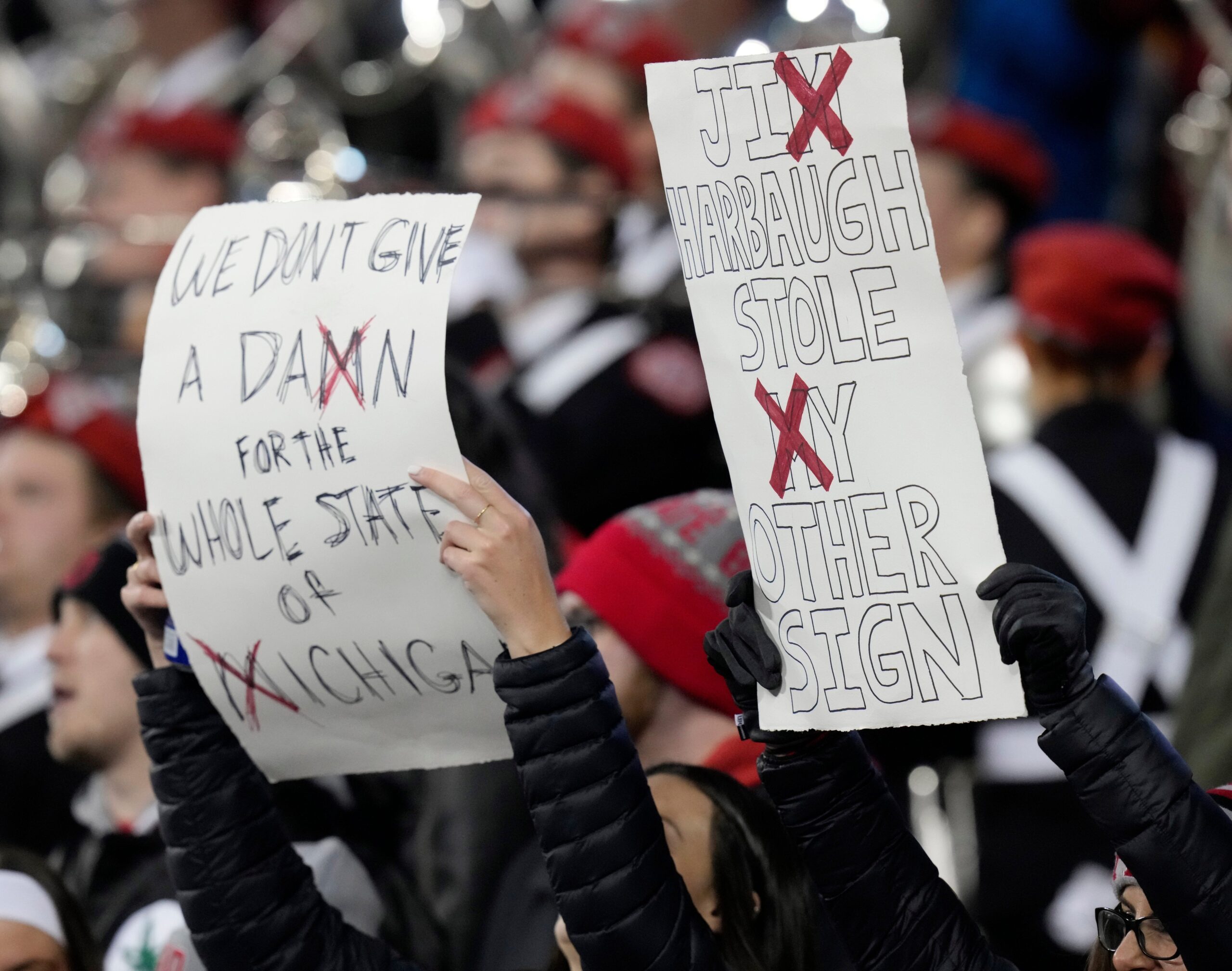
More Sports News
We all know college football needs to be treated as a business first and foremost, and we need to forget the thought of the student-athlete at least at the top of the pyramid. Maybe this advisory board is the first step, but there are so many questions that need to be answered as the lawsuits against the NCAA regarding the transfer portal and NIL mount.
College football has long been a money grab, but now that the players on the field risking injury are looking for their share then suddenly everything has to change. The bloated pigs making money off the backs of players are getting worried that their product is becoming unappetizing, and they all want to keep the money flowing however they can. Eventually, players will be making millions, and teams will be owned privately like the NFL, but for now, Sankey is in a panic that his conference is being targeted, and Tony Pettiti knows he’s next.
Where do we go from here? No one knows.
NCAA is no longer handing out the death penalty. Instead, they are waiting for their own day of execution, and it’s getting closer with each move.
